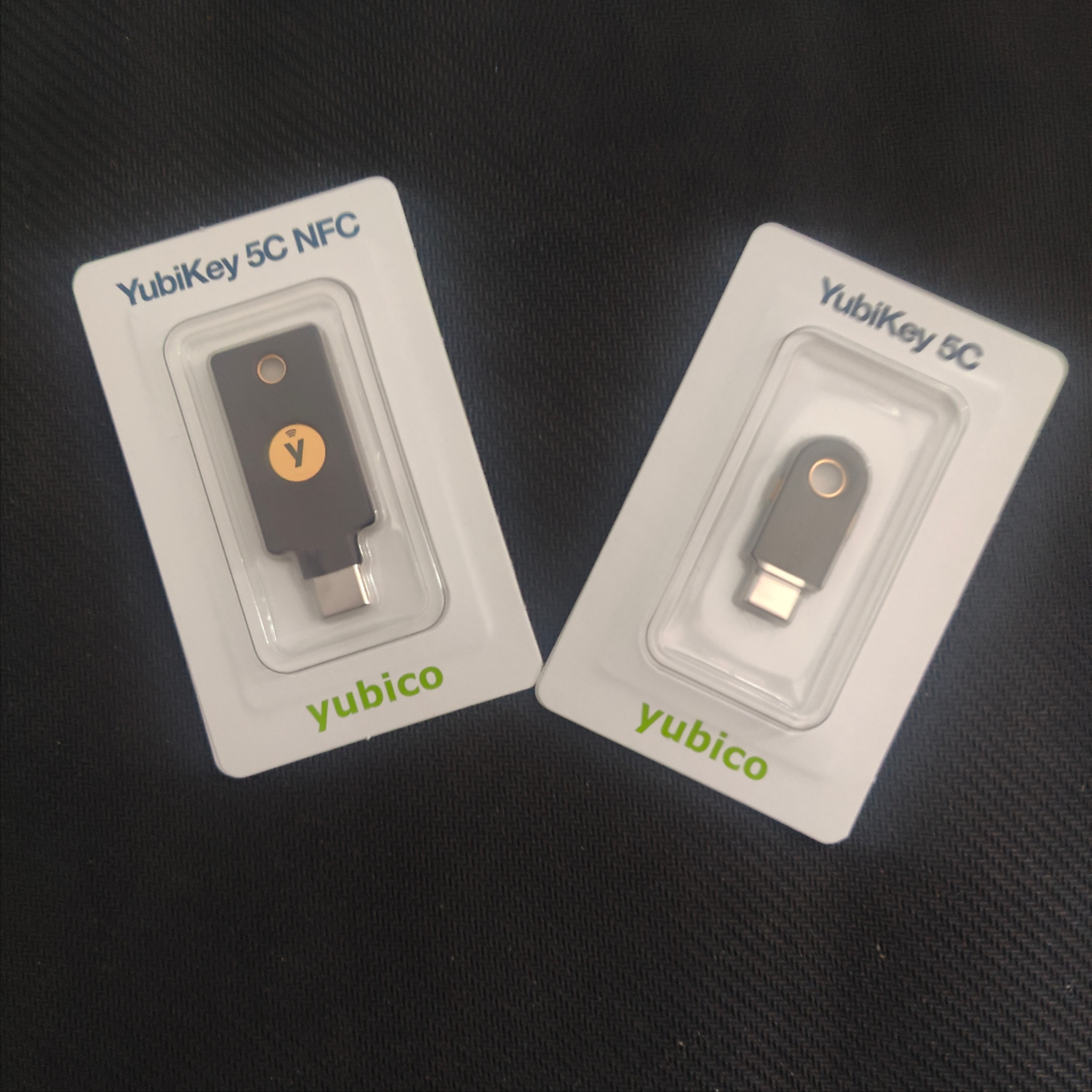Password Manager Setup
With data breaches being a regular news item these days, it has become common for people to ask #infosec professionals about securely using and storing #passwords. And, of course, it can be a fun topic to digress into in Slack channels, during meetings, etc. In fact, I just got asked about this last week while hiking in the Swiss Alps!
TL;DR - My Setup
Before we get into it, here’s my setup:
- KeepassXC installed on my computers. This runs on #Linux, #macOS, and #Windows.
- KeepassDX on my Android devices (availabile on F-Droid or the Play Store)
- I have a medium-level password
- not a dictionary word, but not 22+ characters, either
- I allow the database lock to time out relatively quickly so plaintext passwords are not accessible
- On some computers, the browser extension, allowing for automatically populating my credentials
- The KeeShare feature, which allows for seamless sharing of passwords with others (e.g. spouse) in a self-contained database integrated into the application UI.
- I run my own #NextCloud server, which provides me with file synchronization services, as well as making the database Internet-accessible for mobile devices. #self-hosting
- Finally, in order to protect the passwords across multiple devices and a personally-operated cloud service with no dedicated security team[1], I use a #Yubikey challenge-response security setting on the database, which effectively requires three things in order to get my passwords:
- a specially-configured device must be present,
- knowledge of the password, and
- the password database itself.
Personally, when asked, I usually say that what I do is not what the average person should do and proceed to recommend commercial tools such as 1Password, Bitwarden, etc. I used to recommend LastPass, due to its ease of use, especially with sharing to family members, but I just cannot recommend them in good conscience any longer.
Now, onto my setup for the masochists out there:
KeepassXC
First, the password manager itself: KeepassXC is itself a fork from the original Keepass and has all kinds of features, but the ones important to me are:
- Accepts hardware multi-factor
- Can share databases with others and have them invisibly merged with your other databases (this is called Keeshare)
- Browser integration for automatically populating credentials in login pages. I didn’t use this for a long time, as this is the key weakness in most password managers, but it’s darn handy and KeepassXC manages this granularly, so you can to manually enter very sensitive passwords.
- Can manage passkeys. I don’t currently use this, but it’s a good future-proof feature

Image: Two new Yubikeys. Always make backups of the key configurations.
Settings
An important thing to note is that there are two sets of configuration settings:
- The application has settings which are unique to the specific installation. Changing one of these does not affect the installation on other computers.
- There are also settings for the password database itself, which remain with the database, meaning that if you are syncing across devices, these settings will remain consistent.
There are a lot of options, and some features have to be enabled in the settings before they work (e.g. Keeshare), which is a nice attack surface-reducing design choice. Create the database with a reasonable password
- Enable the Browser integration, check the box next to your browser type, and install the relevant extension
- A 10 second timeout on the clipboard is a bit short, so I like to extend it to a couple minutes
- Keeshare has to be explicitly enabled
- Configure challenge-response for the Yubikey
- Setup Yubikey Authenticator
- Connect your Yubikey, click on “slot 2”, click challenge-response and create the key.
- Copy this key into the Keepass database for future reference
- Configure additional Yubikeys as backup
And that’s about it. With the database syncing through Nextcloud, I have a very secure credential management system.
Still, nearly every Saas vendor with customers and a lifespan of 3 years or more has suffered a breach. My self-hosted cloud service has not yet been compromised. ↩︎